- How balanced characters create fun and fair multiplayer games
- What is character balance in multiplayer games?
- Why is character balance important?
- The art of balancing characters
- Strengths vs. weaknesses
- Different playstyles
- Meta shifts
- How balance impacts gameplay longevity
- Balancing also helps foster esports scenes
- What happens when balance gets ignored
- Pro tips to survive an unbalanced game until it’s fixed
- Conclusion: it’s all about that balance, bro
How balanced characters create fun and fair multiplayer games
Hey there, gamer friend! You know the feeling when you’re deep into an intense multiplayer match, and suddenly, out of nowhere, an enemy wipes the floor with you using an overpowered character? Yeah, that’s not fun. In the world of multiplayer games, character balance is everything. If you want to have a fair and fun experience, developers need to ensure that no individual character, weapon, or item gives a player an unfair advantage over others.
In this article, we’ll dive into why character balance is so crucial in multiplayer games and how it enhances the overall gameplay experience. Balance essentially prevents frustration, keeps the competitive element exciting, and helps games thrive with active communities. So sit back, grab your snacks, and let’s dissect this.
What is character balance in multiplayer games?
Okay, before moving forward, let’s get on the same page about what exactly character balance is. In multiplayer games, character balance refers to the process where developers ensure that all characters (or classes, if the game uses a class system) are equally viable in gameplay. No single character should outshine others in every situation.
Imagine a game where one character can deal the most damage, move the fastest, and have the highest defense. That’d make it the only logical choice for players who want to win. All other characters would instantly feel pointless. A balanced game, however, ensures that each character has strengths and weaknesses that make them valuable in their own right. When done right, the various characters interact in a sort of rock-paper-scissors dynamic, where strategies and skill determine the outcome, not who’s chosen the most overpowered character.
Why is character balance important?
You might wonder why developers go through all this hassle. Why not just create super strong characters and let gamers go wild? The thing is, when a game leans too far in favor of certain characters or classes, a few issues come up. I’ve listed them to make it easier to digest:
- Player frustration – If you’re constantly losing because the other player picks the same overpowered character every time, you’ll probably stop playing the game. It gets old, fast.
- Lack of diversity – When one or two characters are demonstrably stronger than the rest, the number of viable choices for players drops—and that’s a boring experience.
- No challenge = less fun – When winning becomes more about selecting the right character and less about strategy or skill, the entire challenge (and fun) vanishes.
- Unhealthy competitive scene – In games with competitive multiplayer scenes, balance ensures a thriving esports environment. Fair play is key to staying fun to watch as well as to play.
The art of balancing characters
Actually balancing characters in multiplayer games isn’t as simple as equalizing damage numbers or health bars. There is an actual art to it! Here’s a look at the different ways developers approach balance:
Strengths vs. weaknesses
Every great character should come with both strengths and weaknesses. One might hit very hard but move slowly or have limited defense. Another might be super fast but have much less health. The idea is to create a trade-off where no one character is great at everything.
Different playstyles
A well-balanced game is also one that lets players choose characters that suit their personal playstyles. Maybe you prefer aggressive, in-your-face tactics, so a damage-dealing character suits you. Or maybe you’re more strategic and prefer healing or supporting teammates from behind the scenes.
Meta shifts
Gamers find ways to dominate with specific characters or combos, no matter what. This happens in every game: a “meta” develops, where certain strategies or characters become more popular because players learn they offer the best chance of winning. When this happens, developers need to tweak things to restore balance. This is done through patches and updates, making the game shift and the meta evolve.
How balance impacts gameplay longevity
Game balance isn’t just important for ensuring fair matches. It helps keep players coming back for more. When every character feels useful, gamers try new strategies, different approaches, and playstyles. It keeps things fresh and engaging.
Let’s take a step back and look at some blockbuster multiplayer games:
- League of Legends: The game boasts over 150 different champions, yet it continuously evolves, frequently patched to fine-tune characters and manage the competitive scene. Without this constant balancing, the game’s competitiveness would collapse, and everyone would just pick the strongest champs.
- Overwatch: Similar story here. With a diverse roster of heroes, Blizzard constantly tweaks, buffs, and nerfs characters. A balanced roster ensures no single team composition utterly dominates every mode.
- Super Smash Bros. Ultimate: There are over 80 fighters in Smash, and players obsess over tiers and balance. Strong fighters exist, but no one character has reigned supreme forever because balance patches keep going.
Balancing also helps foster esports scenes
This is major. In esports, where high-stakes competition rules, imbalance can kill a game overnight. Games like “League of Legends” or “Valorant” only succeed as major esports because developers prioritize balance. Pros want a level playing field where skill determines victory — not some over-tuned mechanic or OP meta.
What happens when balance gets ignored
I’m sure we’ve all had that moment in a game where something just feels… off. Whether it’s a weapon that’s just too good or a character ability that feels unfair, improperly balanced elements can ruin the fun. A few examples:
- Dominating players – One OP (overpowered) character? You’ll see everyone just spam them in every match. And if your game becomes revolving around one specific pick, what’s the point in having 30 other characters?
- Declining player base – If players feel that no matter how much skill or practice they put in, the game ultimately comes down to an unfairly designed character or mechanic, they’ll bounce.
A poorly balanced game simply wrecks everything. Players lose trust in the developers, and soon after, what once was an active, thriving community becomes a wasteland. Gamers are a stubborn and passionate bunch — we demand better from competitive games.
Pro tips to survive an unbalanced game until it’s fixed
Sometimes you’re trapped in a game before the devs get around to fixing the balance. Here’s how to stay sane:
- Adapt your playstyle. Sometimes you can pick counters to unbalanced characters or tactics to exploit their weaknesses.
- Work with your team. A well-coordinated team can overcome situations where individual characters feel out of balance.
- Stay patient. Games change. Patches come. Eventually, devs will get wind of an imbalance, and it’ll be fixed (we hope!).
Conclusion: it’s all about that balance, bro
At the heart of every great multiplayer game is balance. It guarantees that skill, teamwork, and strategy are what define someone as the victor, not which character they pick. From keeping the gameplay fresh to supporting the competitive esports scene, character balance is critical.
Next time you’re frustrated about a game or character feeling unfair, remember that it may just be a sign the developers need to patch things up. Balance is a constant work in progress, and we, as gamers, need to be flexible too. So keep practicing, embrace the meta shifts, and dominate with skill, not cheese. Peace out, and good luck in your next multiplayer match, bro!


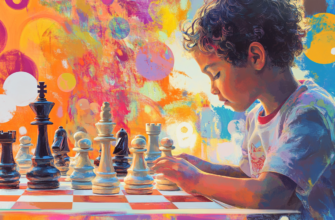
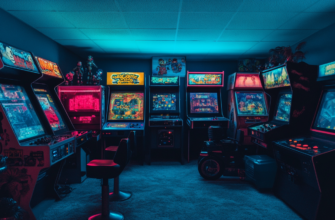
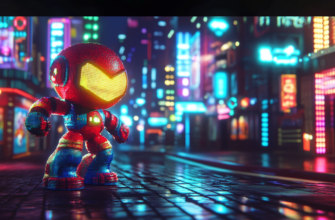
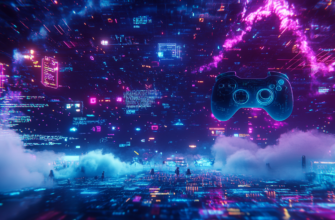
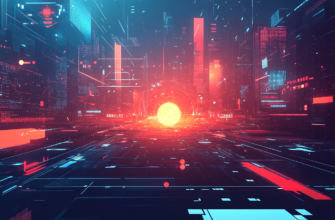
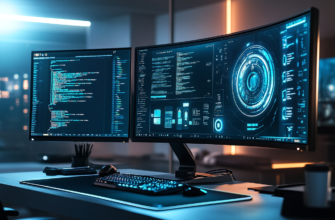
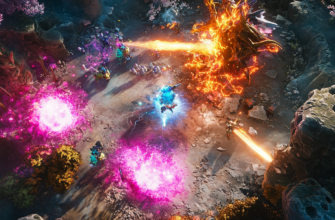
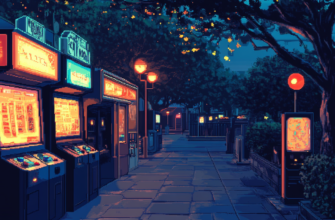

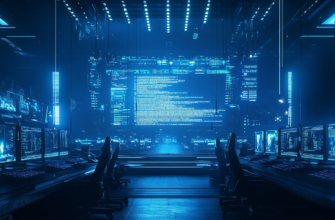



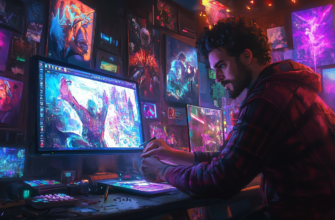

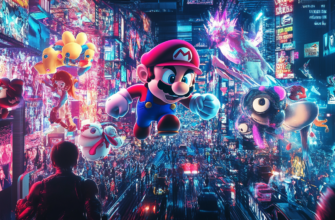
I’m so happy to read this. This is the kind of manual that needs to be given and not the random misinformation that’s at the other blogs. Appreciate your sharing this greatest doc.
Great insights on baccarat strategies-balancing risk and reward is key. For translating these ideas globally, AI Translation offers a smart solution.